
AeroGenie: Su copiloto inteligente.
Tendencias
Categories
The Evolution of Push-Pull Engine Configurations from World War I to Today
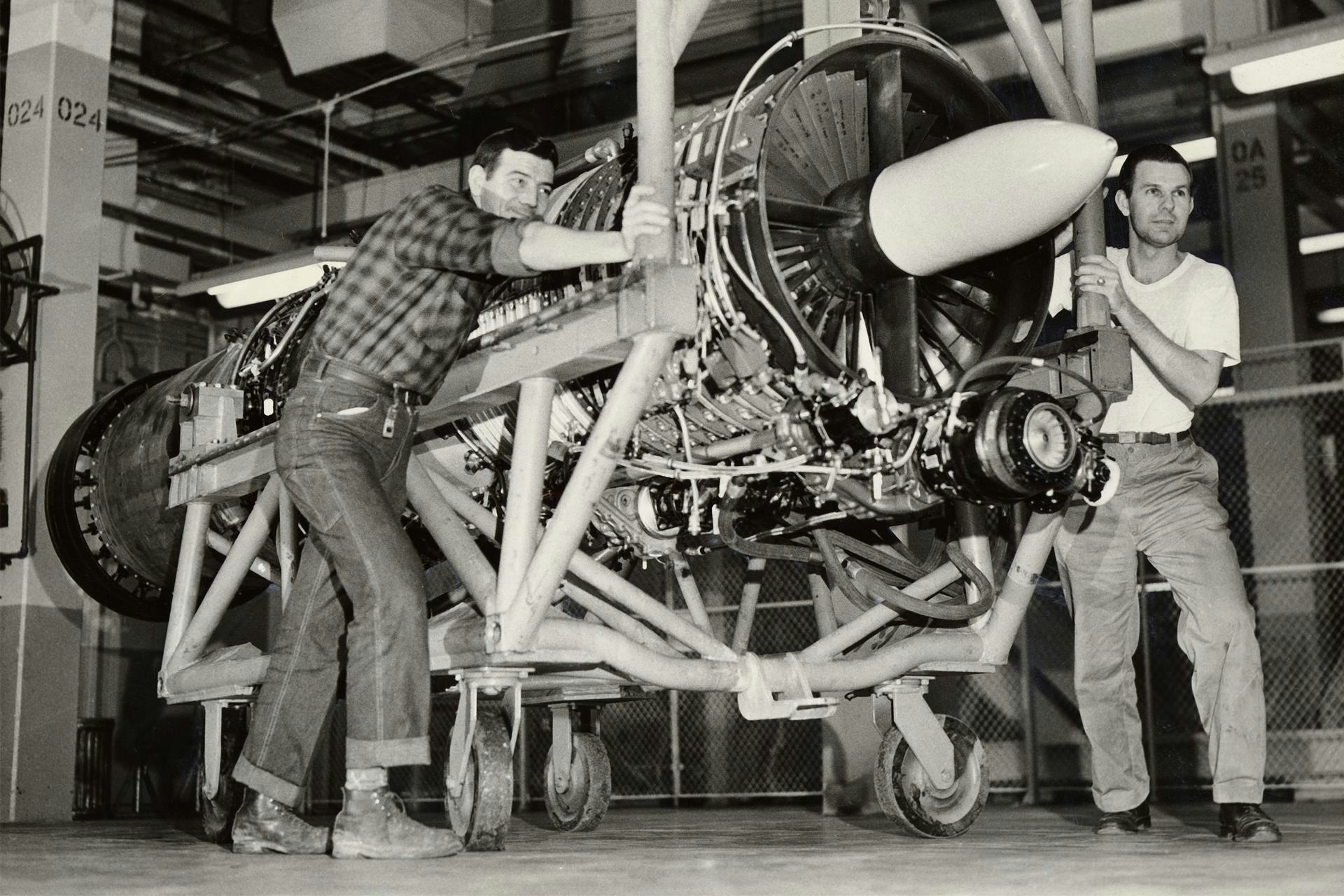
The Evolution of Push-Pull Engine Configurations from World War I to Today
Throughout the history of aviation, the push-pull engine configuration has occupied a distinctive niche in aircraft design. Conventional propeller-driven aircraft typically employ engines mounted at the front to pull the plane through the air, or at the rear to push it forward. The push-pull arrangement uniquely combines these two approaches by positioning propellers both at the front and rear along the fuselage centerline, thereby integrating the advantages of each.
Design Variations and Operational Benefits
Push-pull configurations generally feature two propellers aligned along the aircraft’s longitudinal axis—one pulling at the front and one pushing at the rear. Some designs incorporate multiple engines working in tandem, while others combine traditional puller engines with additional powerplants in alternative locations. A contemporary example is the Dornier Seawings Seastar, which utilizes two Pratt & Whitney PT6A-135A engines, each producing 650 horsepower, arranged in a push-pull configuration.
This design offers several notable benefits. Aerodynamically, aligning both propellers along the centerline preserves the symmetry and handling characteristics akin to a single-engine aircraft. This configuration also reduces drag compared to wing-mounted engines, enhancing overall efficiency. From a safety perspective, push-pull aircraft demonstrate improved controllability in the event of an engine failure. Unlike conventional twin-engine planes, which tend to yaw sharply toward the side of the failed wing-mounted engine, push-pull designs maintain greater stability, particularly at lower speeds where loss of control is a significant risk.
Historical Military Applications and Challenges
The push-pull concept has been explored in military aviation since World War I. One of the earliest examples was the Kennedy Giant, an experimental British heavy bomber equipped with four Canton-Unne Salmson Z9 engines arranged in a push-pull manner—two engines pulling and two pushing. Despite its innovative approach, the Kennedy Giant encountered substantial difficulties. Its enormous size complicated construction and testing, and the engines lacked sufficient power to lift the aircraft’s nearly 19,000-pound weight, resulting in only a brief test flight in 1917.
Following the war, designers grew cautious about employing push-pull configurations in combat aircraft. Safety concerns became paramount: in crash landings, crews faced the risk of being trapped between the fore and aft engines, while bailouts posed the danger of striking the rear propeller. These hazards curtailed the widespread adoption of push-pull layouts in military aviation.
Modern Developments and Industry Adaptation
In the contemporary aviation landscape, push-pull configurations confront new challenges driven by stringent fuel efficiency standards and the integration of advanced materials. Both military and commercial sectors demand propulsion systems that meet these evolving requirements. The industry has responded with technological innovation; for instance, Pratt & Whitney’s geared turbofan (GTF) and F135 engine core upgrades have been recognized for advancing propulsion capabilities. Meanwhile, competitors such as Northrop have concentrated on innovation and resolving supply chain constraints, particularly in light of increased production of the B-21 bomber and shifting manufacturing processes.
Certification and Operational Implications
Push-pull aircraft also present unique considerations for pilot certification. Pilots trained on centerline thrust aircraft—a defining characteristic of push-pull designs—receive a restricted multi-engine rating. This reflects the distinct handling qualities of push-pull aircraft compared to conventional twin-engine planes, necessitating specialized training and operational awareness.
From their origins in early experimental bombers to their presence in modern amphibious aircraft, push-pull engine configurations continue to evolve. Their development remains influenced by advances in technology, safety imperatives, and the dynamic demands of the global aviation industry.
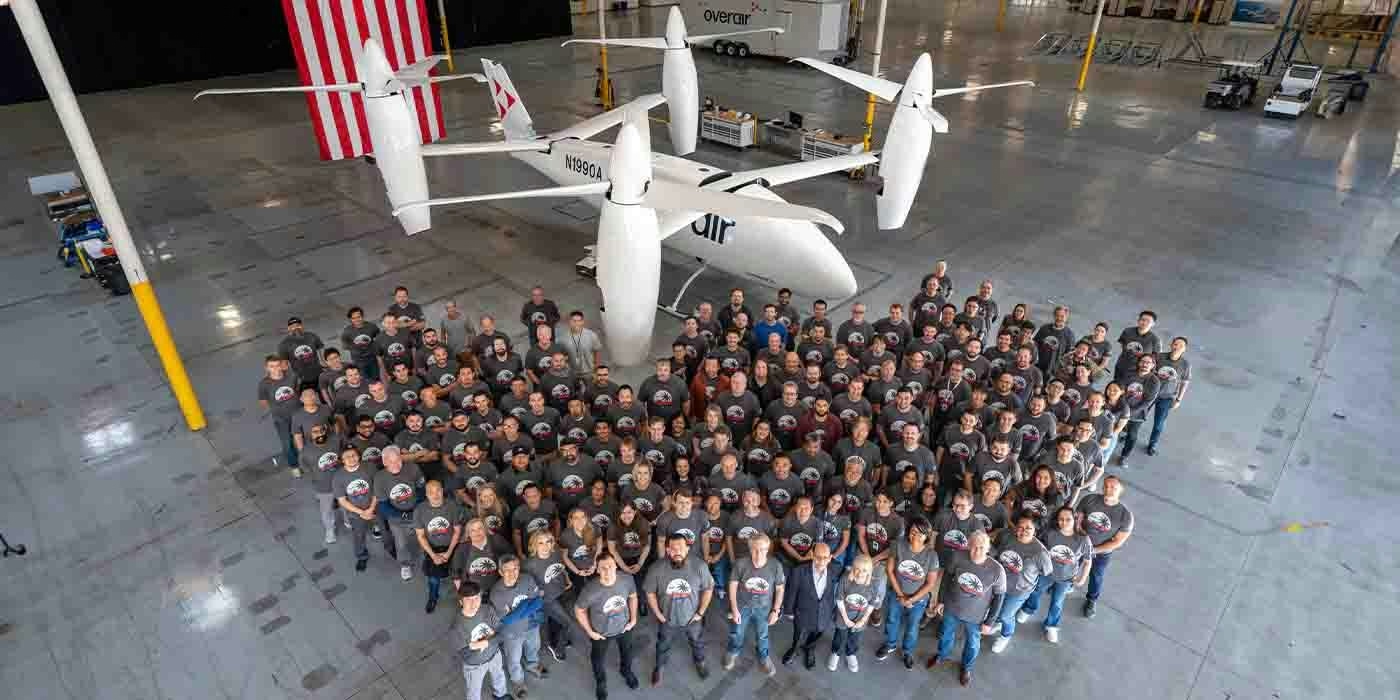
Unique mixed-propulsion eVTOL completes transition flight testing
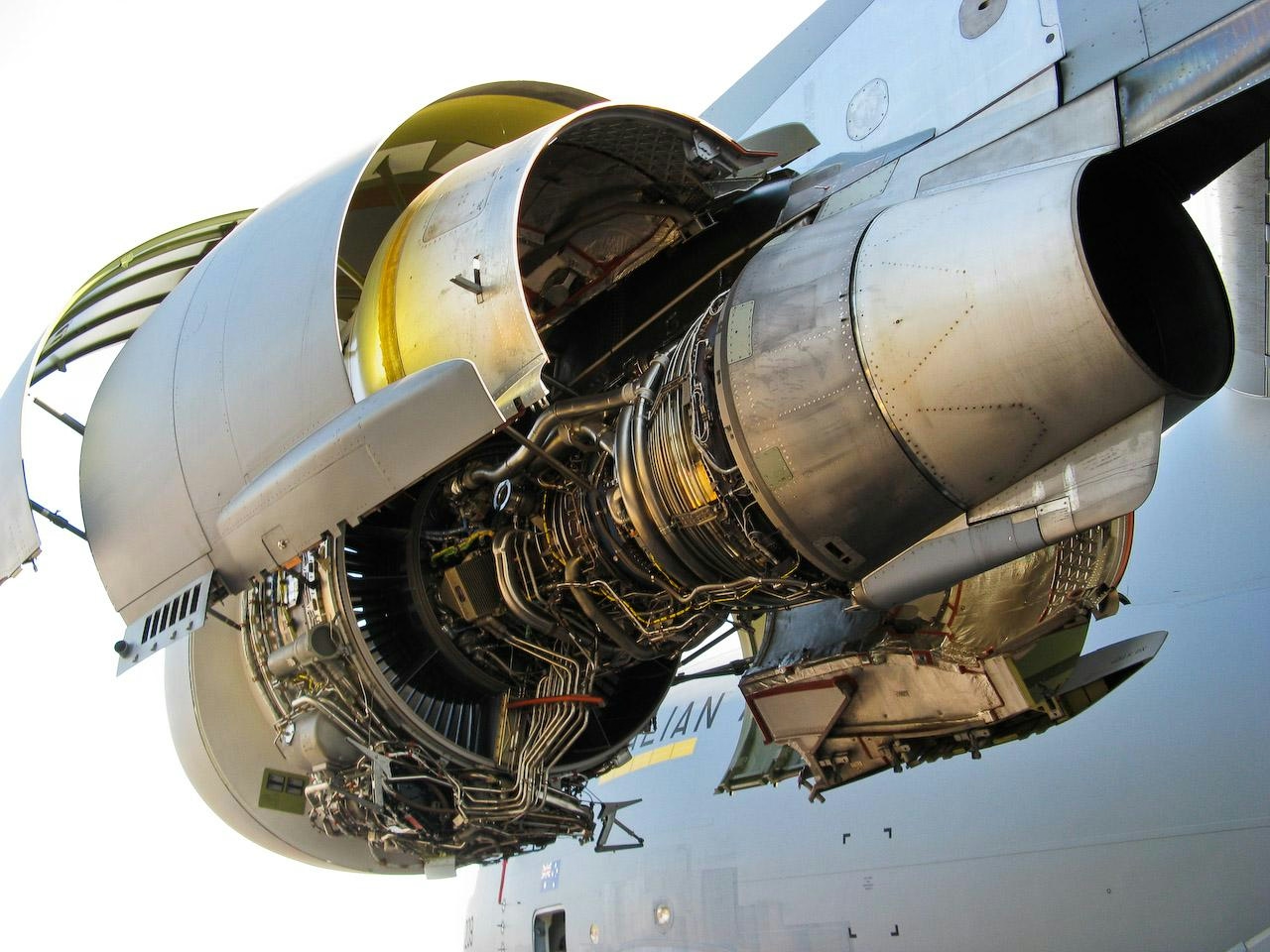
Are C-17 Globemaster Engines Derived from Boeing 757?
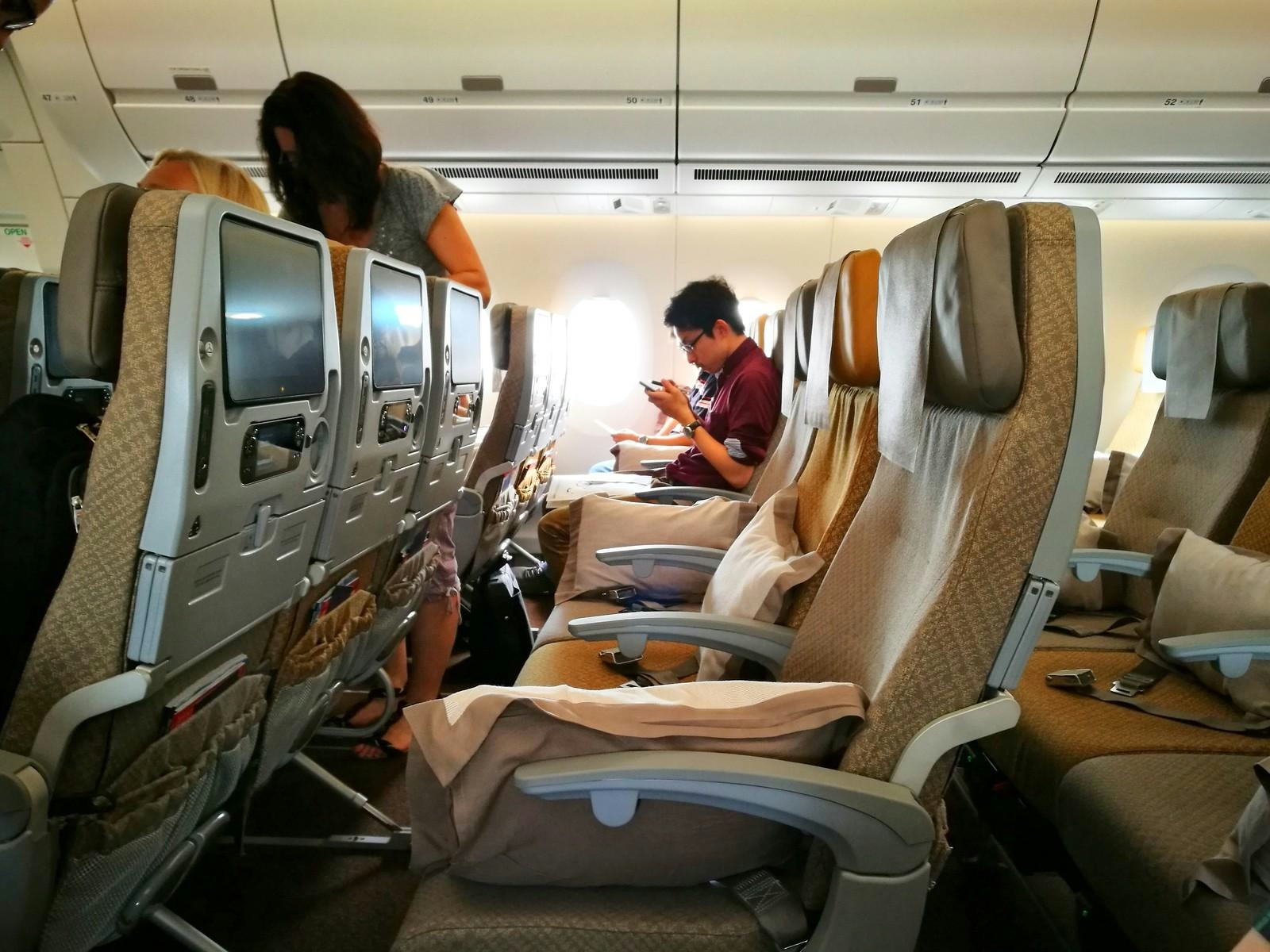
Why the Airbus A350’s Cabin Is Quieter Than Other Aircraft
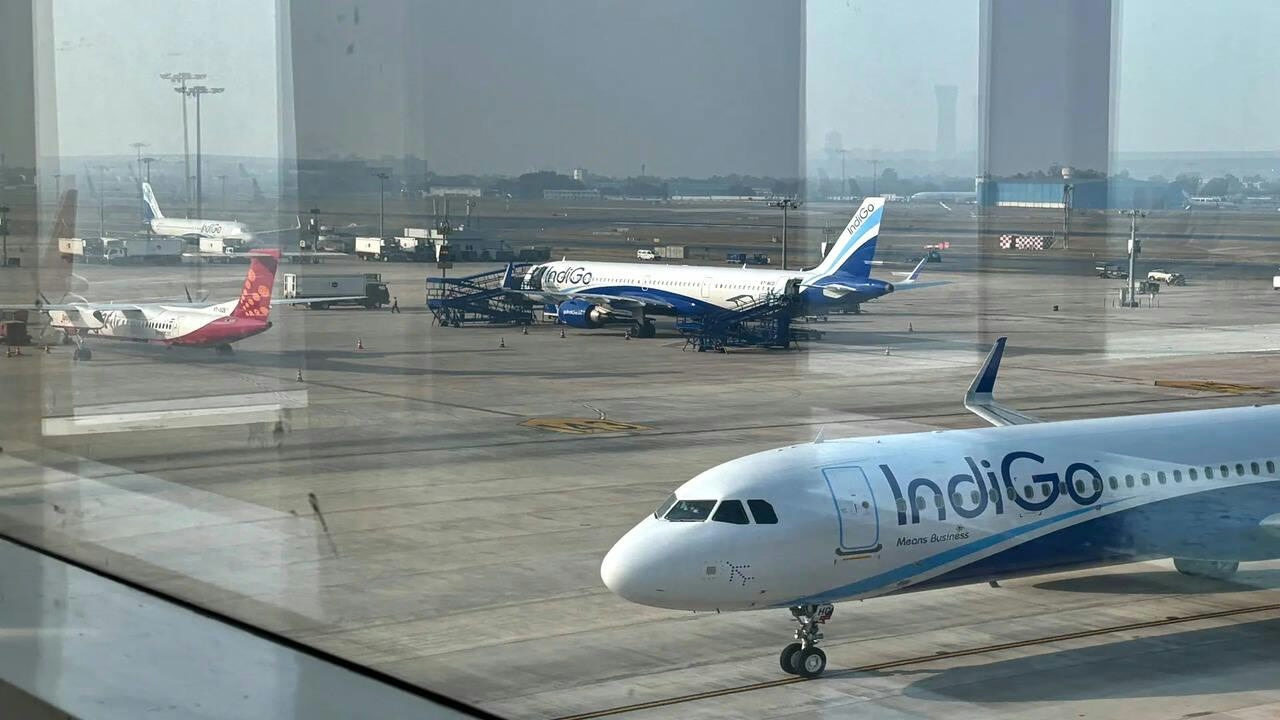
AI and AI Express Plan to Increase Capacity Amid IndiGo Flight Disruptions
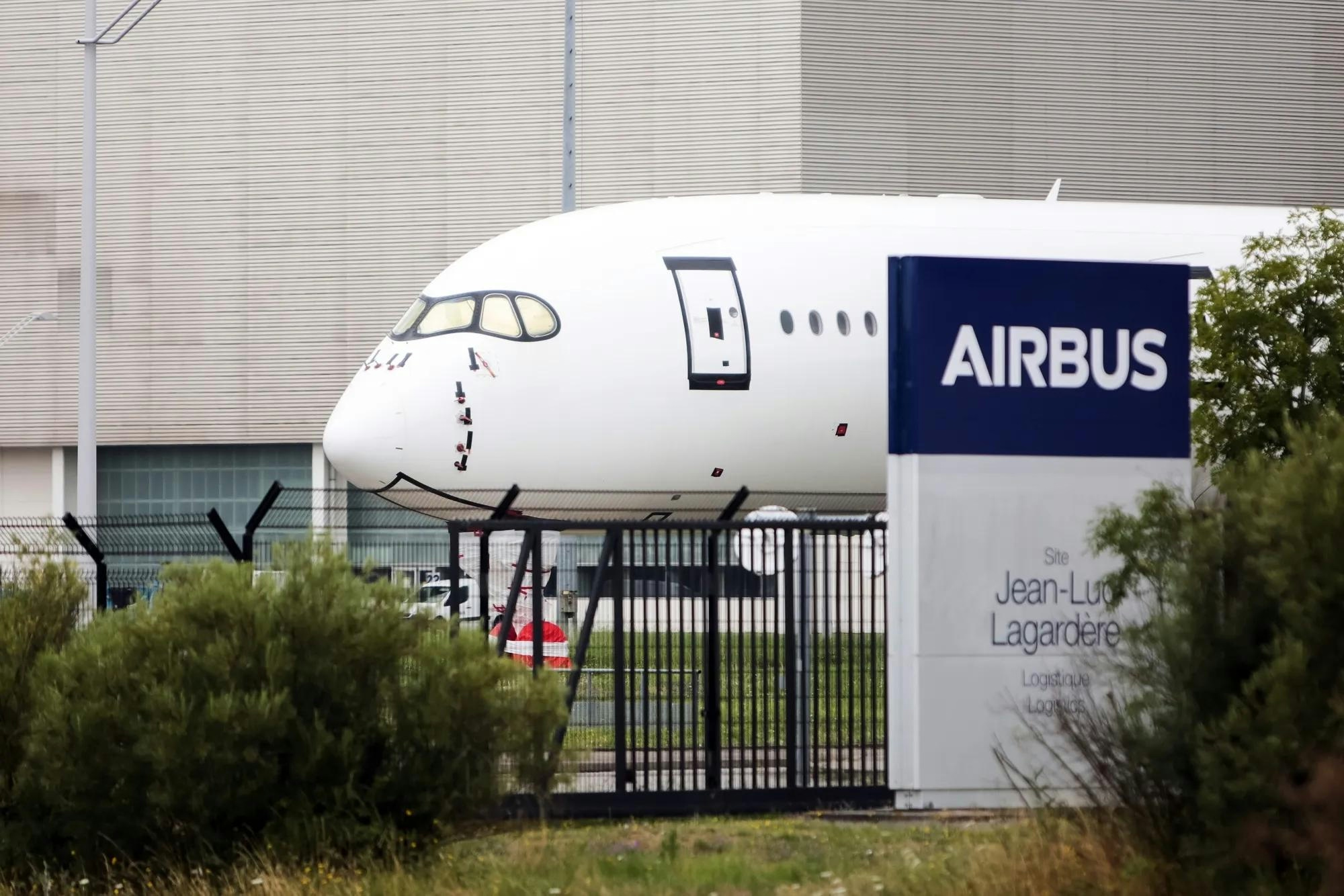
Kazakhstan and France Agree on Airbus Aircraft Deliveries
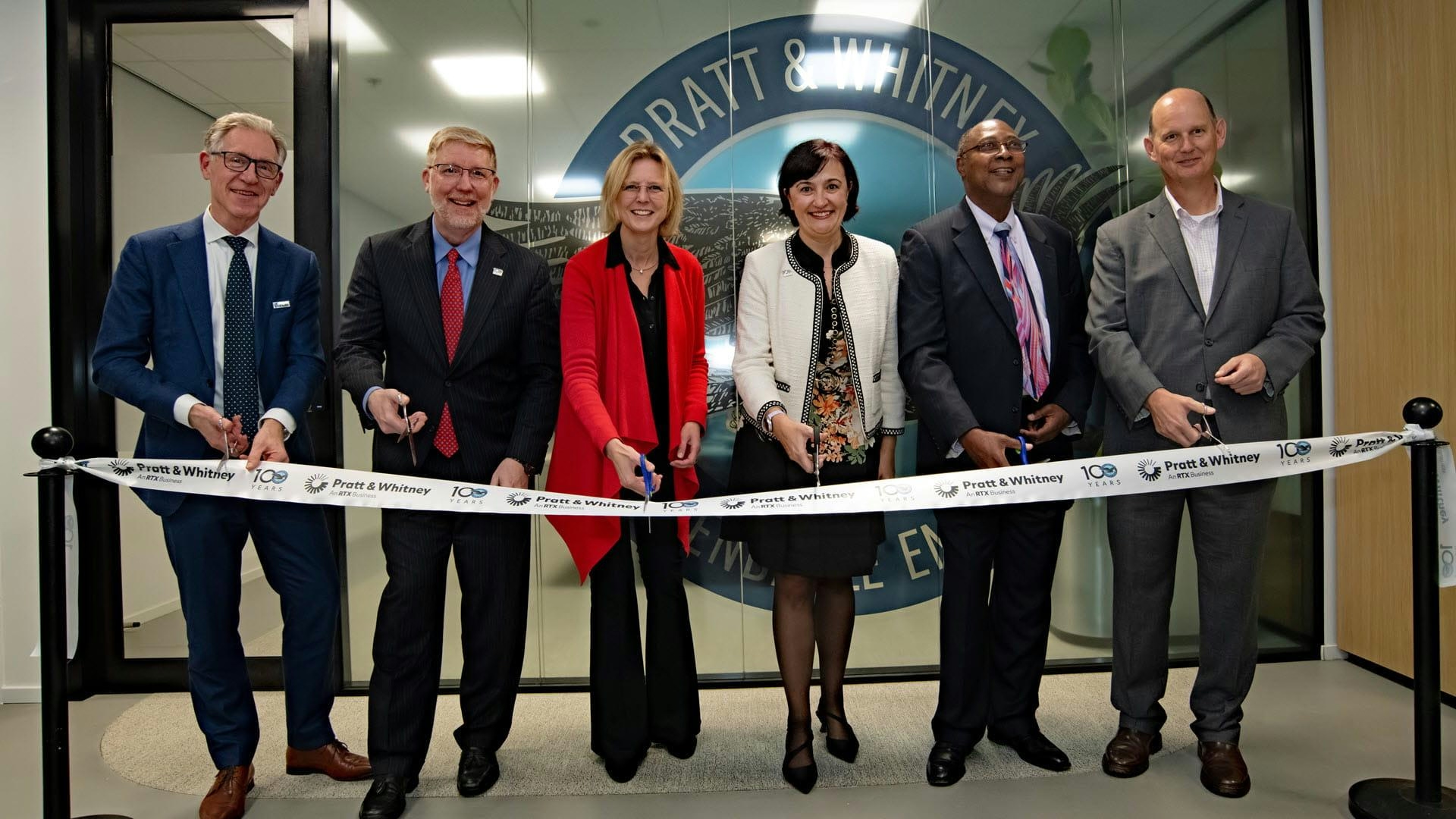
Europe’s Emerging Talent Drives Aviation Innovation
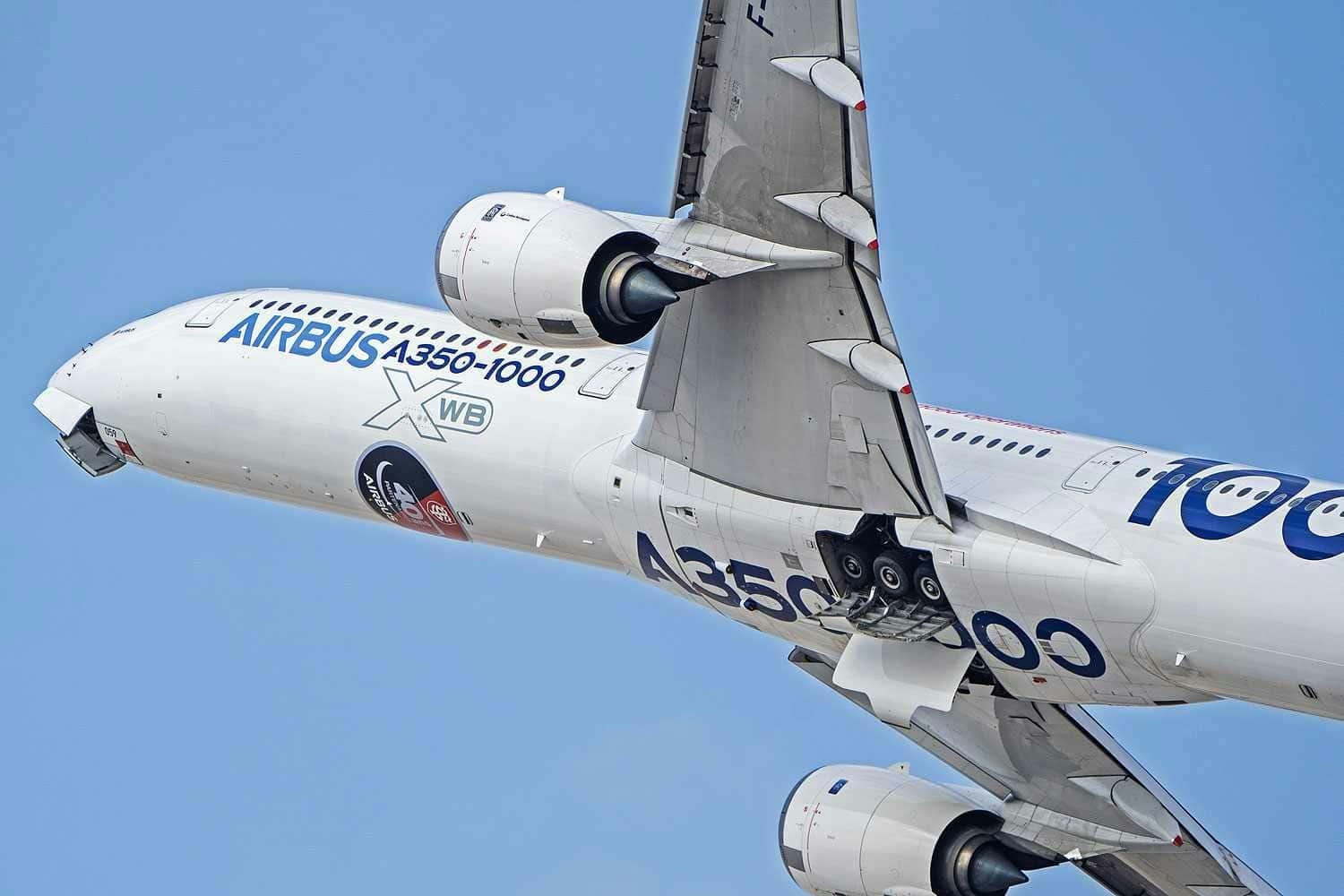
Airbus Receives New Order for A350-1000
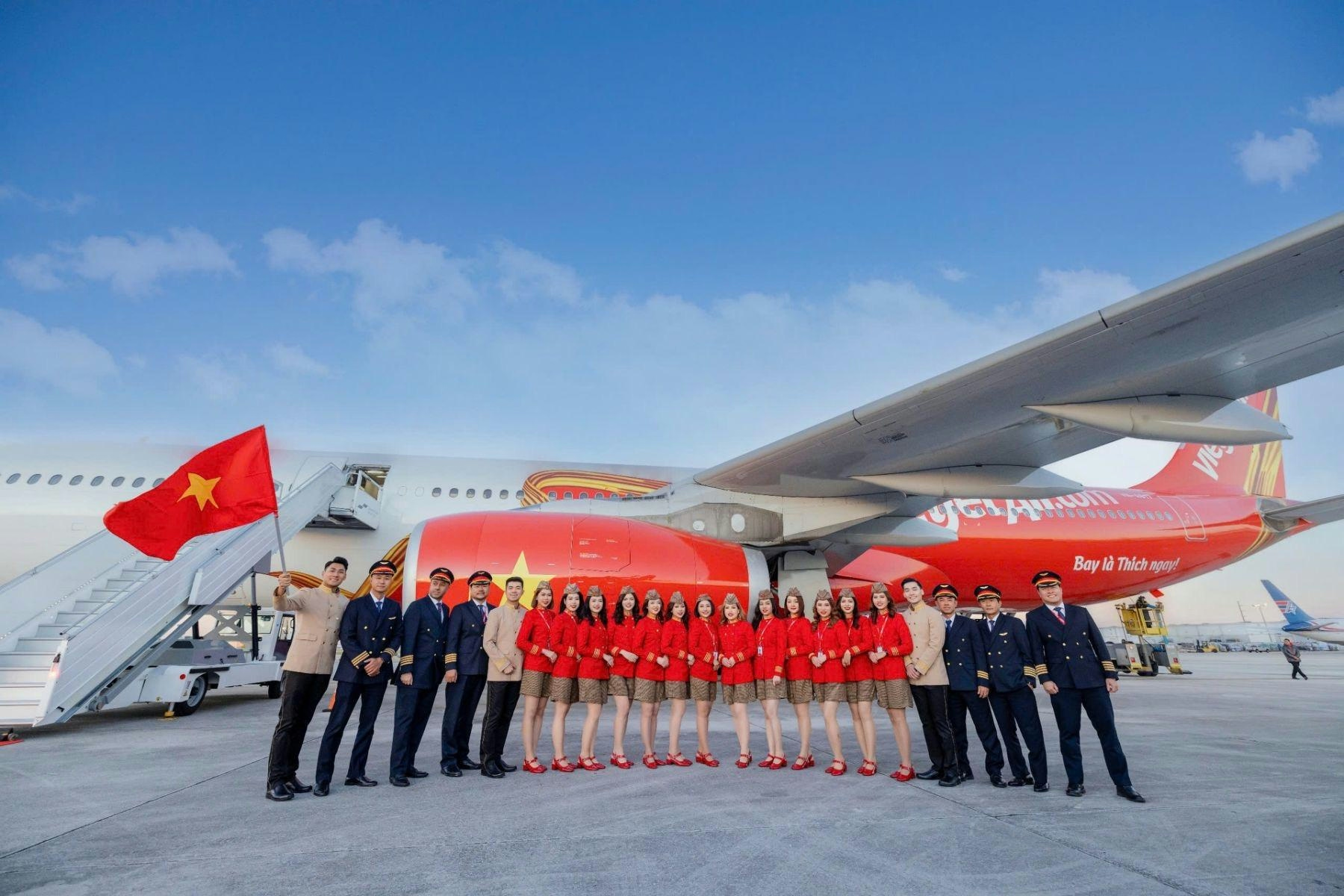
The Leading Widebody Aircraft in Service Today
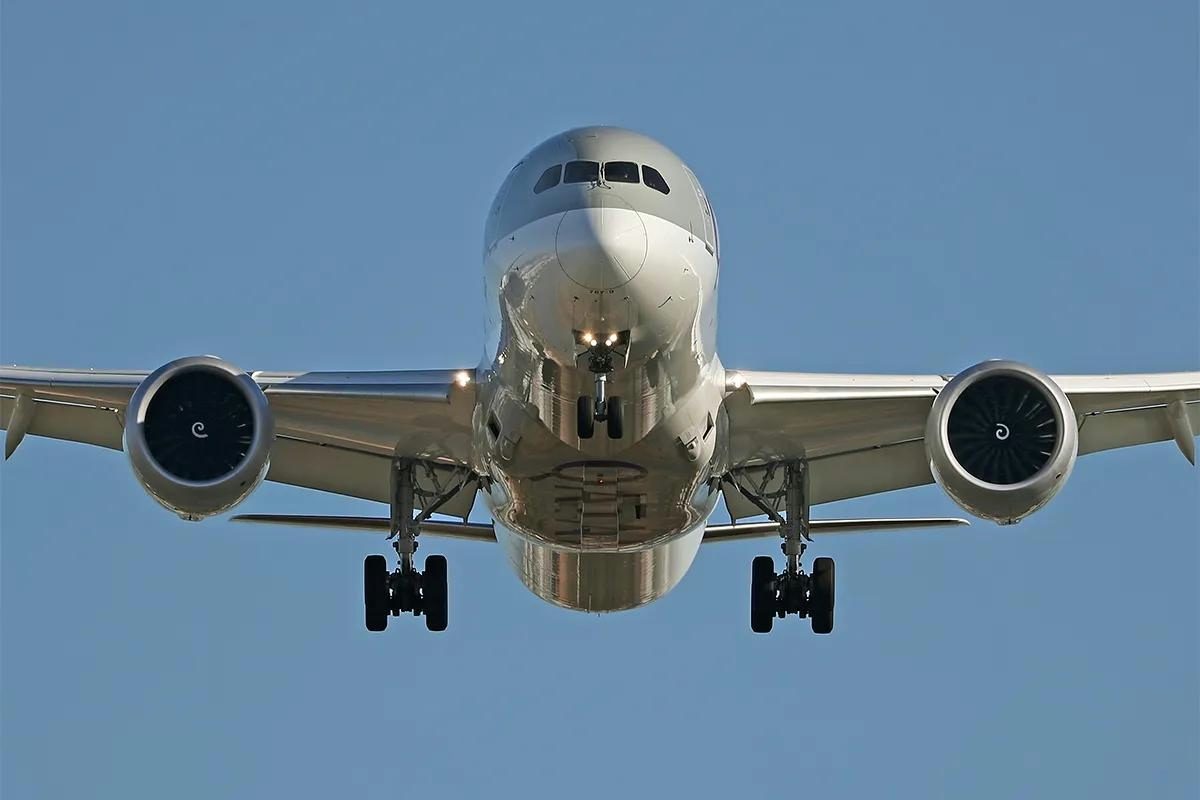
The Fastest Boeing Jet Currently in Service
